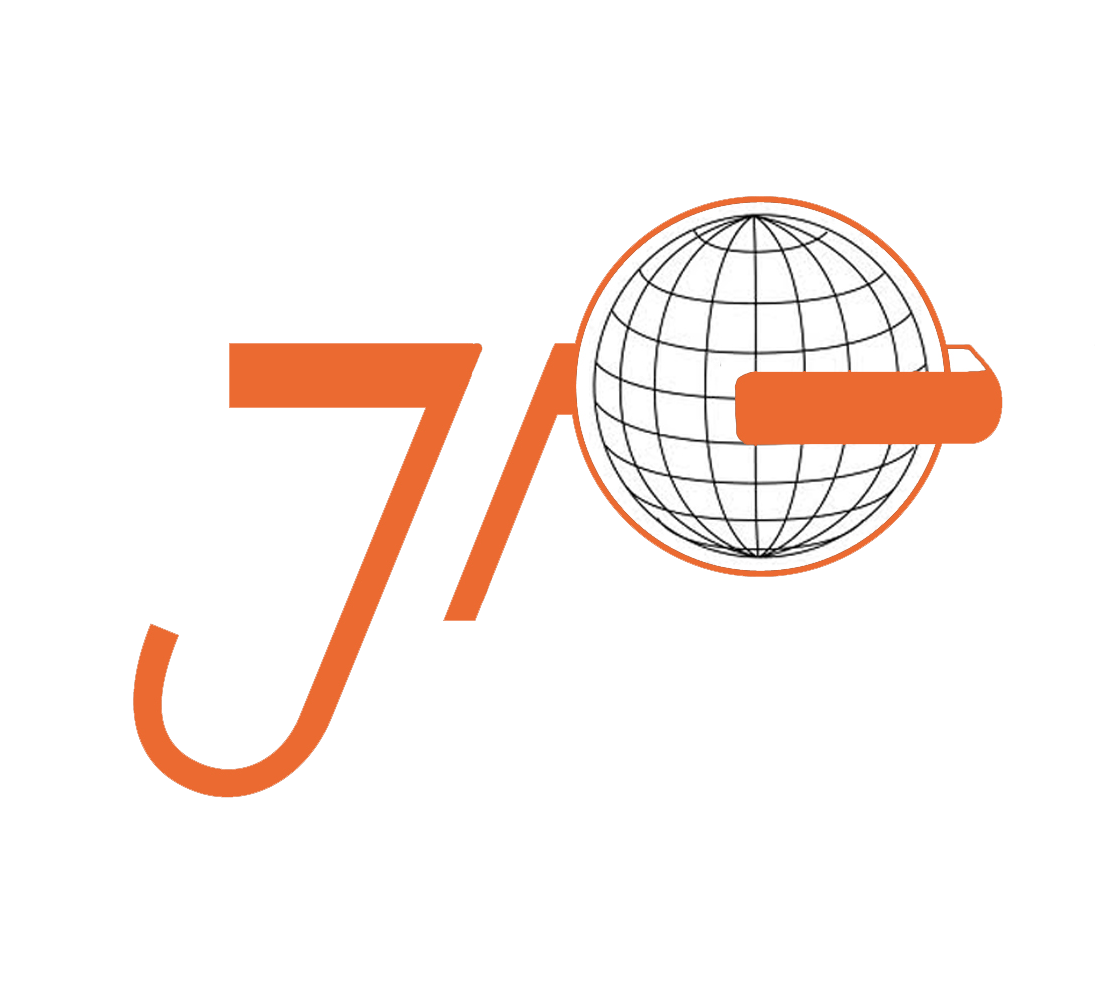Spot the Real Rosé
Lovers of French wine are suddenly seeing red. Earlier this year, they feared they wouldn’t have enough of their beloved rosé to get them through the summer, because Americans are buying it all. Now it seems much of the French pink they’ve been consuming over the past 2 years has in fact been cheap Spanish rosado.
France’s consumer fraud authority confirmed in early July that over the past 2 years, unscrupulous wine merchants have passed off as many as 70,000 hectoliters (equivalent to 10 million bottles) of cheap Spanish wine as more-expensive French rosé. That’s shocking news in a country where protesters have been known to stop tanker trucks with imported wines and empty their contents on the road near the border.
This kind of story plays well in headlines because it reinforces 2 popular stereotypes: Those crafty French, and the snooty wine snobs who can’t tell the difference between bad knockoffs and good wine. It also highlights basic economics and current trends in the production and marketing of wine.
French consumer fraud investigators said they became aware of the “Frenchification” of Spanish wine in late 2015, then began canvassing stores and restaurants to verify the authenticity of wines being sold. They found that 22 percent of the establishments they surveyed were selling Spanish wine that was either fraudulently or misleadingly labeled as French, according to Le Parisien, which broke the story.
While it is unclear whether any of the fraudulent wine was exported, it is possible that some may have made it's way to the United States as well.
We hope you've enjoyed learning how the Spanish are challenging the French to Spot the Real Rosé! On a scale of 1 -10 how likely are you to be able to differentiate the real vs. the fake version of this highly popular summer wine? Join the conversation below to let us know!


